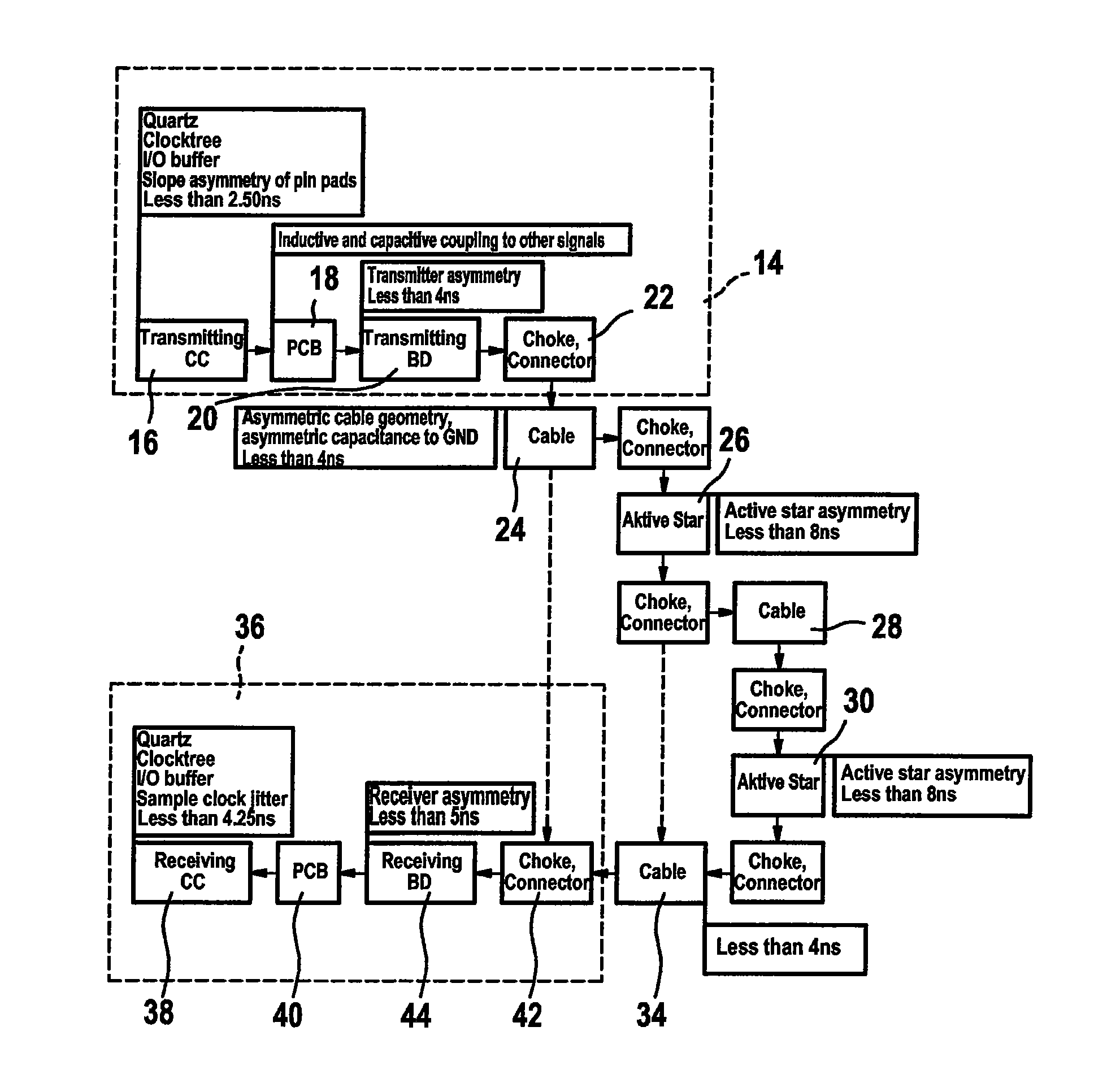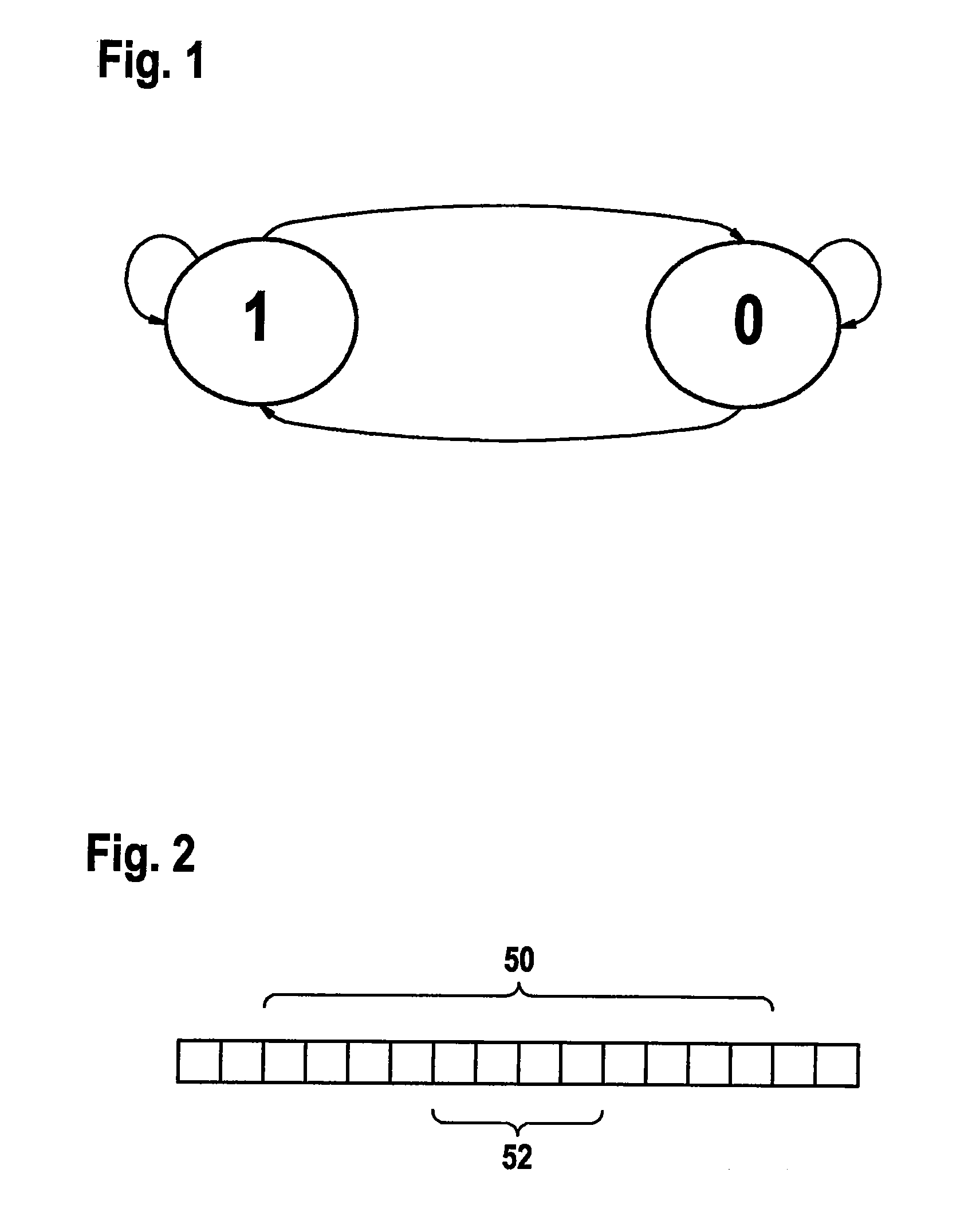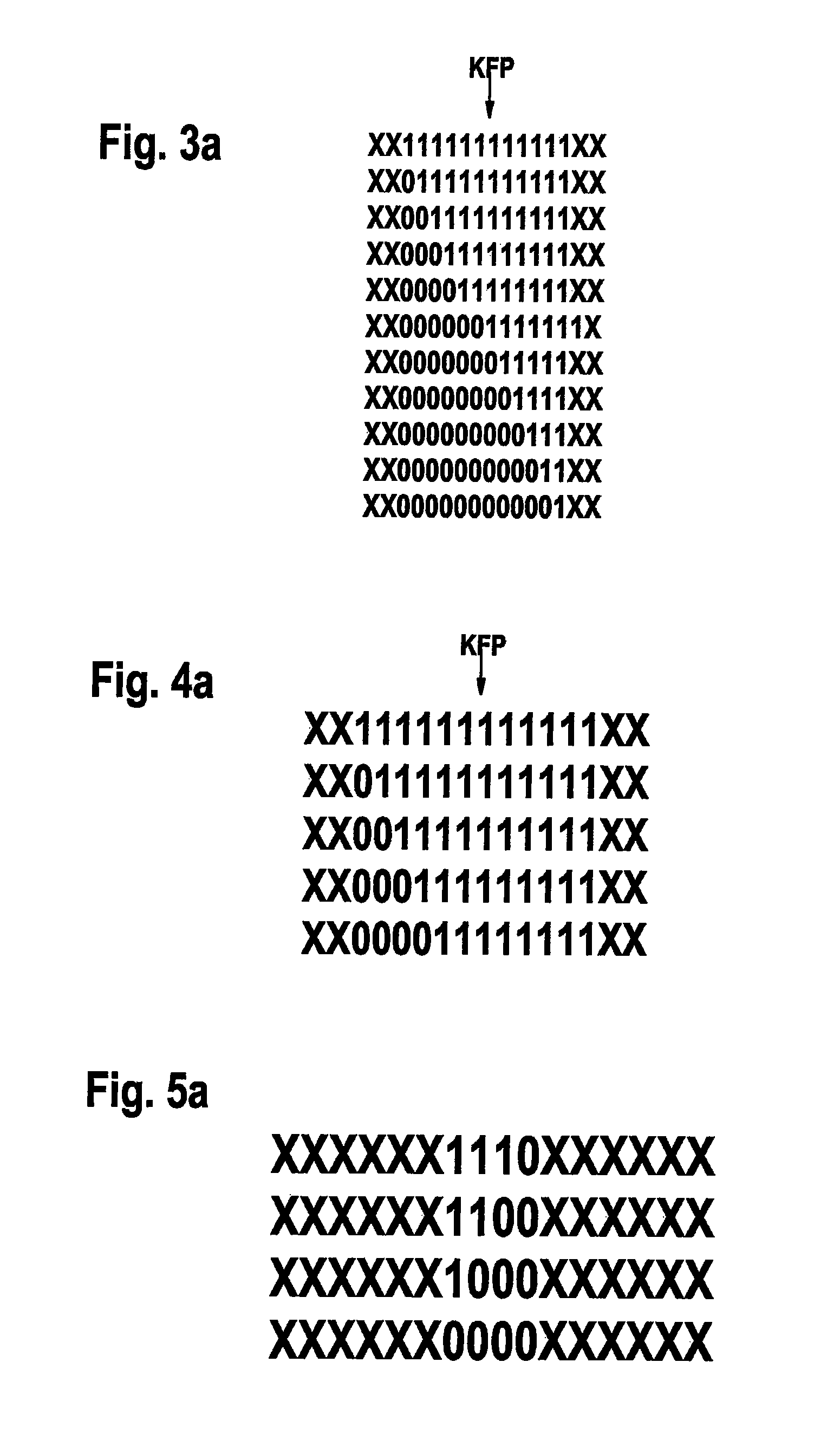Method and device for decoding a signal
a signal and signal technology, applied in the field of signal decoding methods, can solve the problems of adverse effect on the emc response require more sophisticated and thus more expensive components, and high demands on the transmission channel, and achieve high transmission rate, high reliability, and high availability of the data transmission system.
- Summary
- Abstract
- Description
- Claims
- Application Information
AI Technical Summary
Benefits of technology
Problems solved by technology
Method used
Image
Examples
Embodiment Construction
[0051]The networking of control devices, sensor systems and actuator systems with the aid of a communications system and a communications link such as a bus system, has increased drastically in recent years in the construction of modern motor vehicles or also in machine construction, especially in the field of machine tools, and in automation as well. In this context, synergistic effects may be achieved by distributing functions to a plurality of control devices. These are referred to as distributed systems.
[0052]The communication between various users of such a data transmission system is increasingly being implemented via a bus system. The communication traffic on the bus system, access and receiving mechanisms, as well as error handling are regulated by a protocol. One known protocol is, for instance, the FlexRay protocol, which is currently based on the FlexRay protocol specification v2.1. FlexRay is a rapid, deterministic and error-tolerant bus system, especially for the use in...
PUM
 Login to View More
Login to View More Abstract
Description
Claims
Application Information
 Login to View More
Login to View More - R&D
- Intellectual Property
- Life Sciences
- Materials
- Tech Scout
- Unparalleled Data Quality
- Higher Quality Content
- 60% Fewer Hallucinations
Browse by: Latest US Patents, China's latest patents, Technical Efficacy Thesaurus, Application Domain, Technology Topic, Popular Technical Reports.
© 2025 PatSnap. All rights reserved.Legal|Privacy policy|Modern Slavery Act Transparency Statement|Sitemap|About US| Contact US: help@patsnap.com



